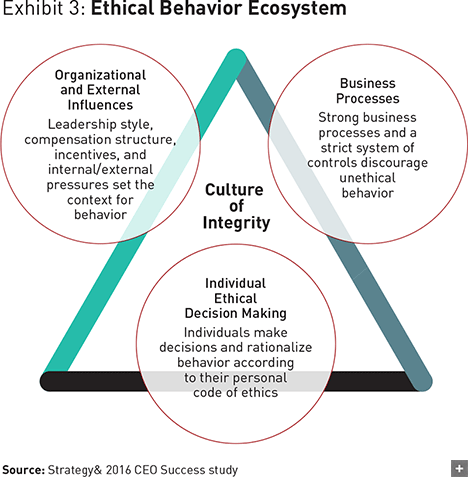Leadership changes are more common and important than ever. But most companies don’t get it right.
Every leadership transition creates uncertainty. Will the new leader uncover and seize opportunities and assemble the right team? Will the changes be sustainable? Will a worthy successor be developed? These questions boil down to one: Will the leader be successful?
Why are leadership transitions important?
Hardly anything that happens at a company is more important than a high-level executive transition. By the nature of the role, a new senior leader’s action or inaction will significantly influence the course of the business, for better or for worse. Yet in spite of these high stakes, leaders are typically underprepared for—and undersupported during—the transition to new roles.
The consequences are huge
Executive transitions are typically high-stakes, high-tension events: when asked to rank life’s challenges in order of difficulty, the top one is “making a transition at work”—ahead of bereavement, divorce, and health issues.2 If the transition succeeds, the leader’s company will probably be successful; nine out of ten teams whose leader had a successful transition go on to meet their three-year performance goals (Exhibit 1). Moreover, the attrition risk for such teams is 13 percent lower, their level of discretionary effort is 2 percent higher, and they generate 5 percent more revenue and profit than average. But when leaders struggle through a transition, the performance of their direct reports is 15 percent lower than it would be with high-performing leaders. The direct reports are also 20 percent more likely to be disengaged or to leave the organization.
Successful or not, transitions have direct expenses—typically, for advertising, searches, relocation, sign-on bonuses, referral awards, and the overhead of HR professionals and other leaders involved in the process. For senior-executive roles, these outlays have been estimated at 213 percent of the annual salary.4Yet perhaps the most significant cost is losing six, 12, or 18 months while the competition races ahead.
Nearly half of leadership transitions fail
Studies show that two years after executive transitions, anywhere between 27 and 46 percent of them are regarded as failures or disappointments.5Leaders rank organizational politics as the main challenge: 68 percent of transitions founder on issues related to politics, culture, and people, and 67 percent of leaders wish they had moved faster to change the culture. These matters aren’t problems only for leaders who come in from the outside: 79 percent of external and 69 percent of internal hires report that implementing culture change is difficult. Bear in mind that these are senior leaders who demonstrated success and showed intelligence, initiative, and results in their previous roles. It would seem that Marshall Goldsmith’s advice—“What got you here won’t get you there”6—is fully applicable to executive transitions.
Leadership transitions are more frequent, yet new leaders get little help
The pace and magnitude of change are constantly rising in the business world, so it is no surprise that senior-executive transitions are increasingly common: CEO turnover rates have shot up from 11.6 percent in 2010 to 16.6 percent in 2015.7Since 69 percent of new CEOs reshuffle their management teams within the first two years, transitions then cascade through the senior ranks. Sixty-seven percent of leaders report that their organizations now experience “some or many more” transitions than they did in the previous year.










